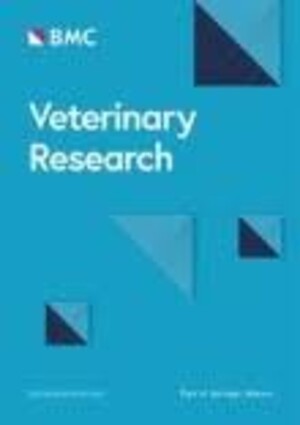
Apparent density, trypanosome infection rates and host preference of tsetse flies in the sleeping sickness endemic focus of northwestern Uganda
Abstract
Background
African trypanosomiasis, caused by protozoa of the genus Trypanosoma and transmitted by the tsetse fly, is a serious parasitic disease of humans and animals. Reliable data on the vector distribution, feeding preference and the trypanosome species they carry is pertinent to planning sustainable control strategies.
Methodology
We deployed 109 biconical traps in 10 villages in two districts of northwestern Uganda to obtain information on the apparent density, trypanosome infection status and blood meal sources of tsetse flies. A subset (272) of the collected samples was analyzed for detection of trypanosomes species and sub-species using a nested PCR protocol based on primers amplifying the Internal Transcribed Spacer (ITS) region of ribosomal DNA. 34 blood-engorged adult tsetse midguts were analyzed for blood meal sources by sequencing of the mitochondrial cytochrome c oxidase 1 (COI) and cytochrome b (cytb) genes.
Results
We captured a total of 622 Glossina fuscipes fuscipes tsetse flies (269 males and 353 females) in the two districts with apparent density (AD) ranging from 0.6 to 3.7 flies/trap/day (FTD). 10.7% (29/272) of the flies were infected with one or more trypanosome species. Infection rate was not significantly associated with district of origin (Generalized linear model (GLM), χ2 = 0.018, P = 0.895, df = 1, n = 272) and sex of the fly (χ2 = 1.723, P = 0.189, df = 1, n = 272). However, trypanosome infection was highly significantly associated with the fly’s age based on wing fray category (χ2 = 22.374, P < 0.001, df = 1, n = 272), being higher among the very old than the young tsetse. Nested PCR revealed several species of trypanosomes: T. vivax (6.62%), T. congolense (2.57%), T. brucei and T. simiae each at 0.73%. Blood meal analyses revealed five principal vertebrate hosts, namely, cattle (Bos taurus), humans (Homo sapiens), Nile monitor lizard (Varanus niloticus), African mud turtle (Pelusios chapini) and the African Savanna elephant (Loxodonta africana).
Conclusion
We found an infection rate of 10.8% in the tsetse sampled, with all infections attributed to trypanosome species that are causative agents for AAT. However, more verification of this finding using large-scale passive and active screening of human and tsetse samples should be done. Cattle and humans appear to be the most important tsetse hosts in the region and should be considered in the design of control interventions.
Citation
Opiro, R., Opoke, R., Angwech, H., Nakafu, E., Oloya, F.A., Openy, G., Njahira, M., Macharia, M., Echodu, R., Malinga, G.M. and Opiyo, E.A. 2021. Apparent density, trypanosome infection rates and host preference of tsetse flies in the sleeping sickness endemic focus of northwestern Uganda. BMC Veterinary Research 17:365.










